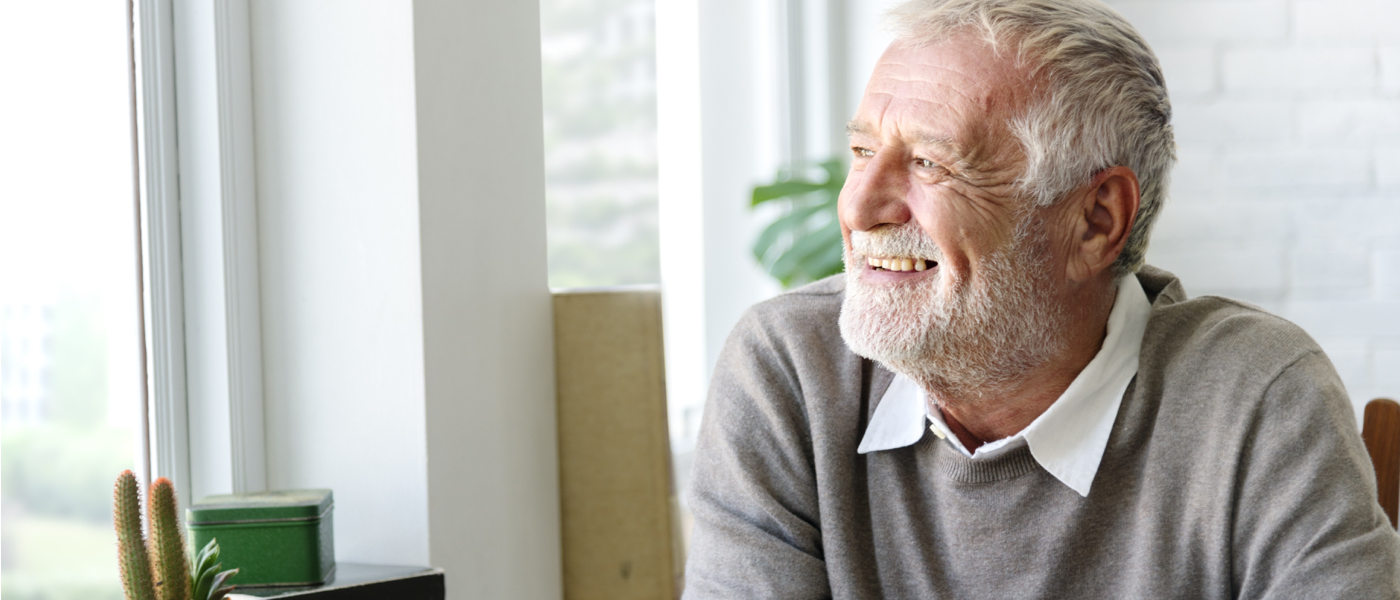Across the United States, towns and states are lifting sanctions to stay at home after more than three months of very isolating times. The urge will be to jump right back to the way life was before, however, continued precautions are advised. While we don’t yet know exactly what our new “normal” will look like, researchers and industry experts across the nation are working hard to put new plans into place. Just like the mandates put into place in early March, lifting them could take place throughout several phases over several months. Here in New York City, one of the hardest hit areas of the country, the “opening up” is unsurprisingly taking longer. Governor Cuomo announced that the city is currently going to have Phase One openings on June 8; however, that could change if the number of new cases does not continue to decrease. Additionally, here are some of the most common predictions from industry leaders:
Balancing the threat of social isolation with the risk of spreading the virus
Safe and healthy, self-quarantine can have negative effects on older adults. In fact, long-term isolation is “linked to higher risks for a variety of physical and mental conditions, including high blood pressure, heart disease, obesity, a weakened immune system, anxiety, depression, and cognitive decline.”
To combat isolation and its negative impact on health, many older adults across the country have learned how to use FaceTime, Skype, Zoom, and other video conferencing platforms as a way to connect with their loved ones. In addition, families have been forced to cancel large gatherings and instead “see” each other virtually.
Seniors are using virtual experiences like online museum tours, concerts, and exercises as a way to stay active and stimulated. While policies in states are most likely to lift eventually, researchers suggest it might take longer than we think. Industry leaders predict we will still need to rely on virtual and online technologies until physical interaction is deemed safe.
Taking continued precautions
As mandates continue to lift and life, as we know it, slowly returns to normal, there might be a few adjustments that stick around for awhile. As COVID-19 first began to spread, a large emphasis was placed on maintaining proper hygiene. Even as people resume their daily responsibilities, many researchers suggest that our new hygiene habits will stick. This means we might see additional hand-washing stations in shopping areas and more people carrying hand sanitizer with them when they go out. New York has been working hard to sanitize their public transportation. Subways are shut down at night for thorough cleanings, and their policy is to clean first and then disinfect. By removing dirt and grime in the first round, it maximizes the efficiency of the disinfectants in the second round. All high-touch areas, such as turnstiles, ticket machines, seats, and handrails, are top priority.
Because the virus transmits from person to person in the air, many precautions have been put in place to keep people distanced from one another. We may continue to see restaurants and shopping centers limit the number of people allowed inside at one time. In addition, large group gatherings like concerts and parties could take awhile to come back in full swing. And, because the threat of the virus won’t ever disappear entirely, many experts are suggesting that individuals will continue to wear masks when out in public.
Tips for Adapting to a New Normal
While no one knows exactly what our new normal will look like, there are ways to ease this transition. As life continues to feel uncertain, here are a few ways to make it feel a little less scary:
-
Stay connected – The most important thing you can do for yourself during this time is stay connected to your friends and family members. Even if you’re unable to connect in person, there are still ways to enjoy each other’s company. You might consider using a video conferencing platform like Skype or Zoom, write letters, or schedule consistent phone calls.
-
Listen to your local guidelines – Each state has a department of health that regulates the mandates put in place to help stop the spread of the virus. Staying updated on these protocols will help you stay informed, and might even give you a sense of control. The Governor of New York, Andrew Cuomo, gives daily updates on what is going on in the city and in other parts of the state. Sign up for daily updates on the State of New York website.
-
Take charge of your health – Times of transition can cause our bodies to go through unwanted stress. Maintaining a healthy diet and consistent exercise routine will help ease this transition—both physically and mentally. New York City has plenty of space for outdoor walks. A favorite, of course, is Central Park, where you can walk yourself and your dogs without sacrificing the six-foot limit. On the East River at 90th Street is Carl Schurz Park, near Gracie Mansion, the home of the mayor. The park is noted to be one of the dog-friendliest parks in the city, with two enclosed dog parks in addition to the great promenade along the river.
-
Focus on yourself – As regulations lift and businesses begin to open up, it’s important to listen to your own heart. If you’re uncomfortable with going out, it’s okay to give yourself more time to transition into your own new normal. Focus on yourself and what brings you peace!
At Inspīr, ensuring the safety of all associates and the residence itself remains a top priority. To learn more about our offerings or to schedule a virtual tour, please contact us.




